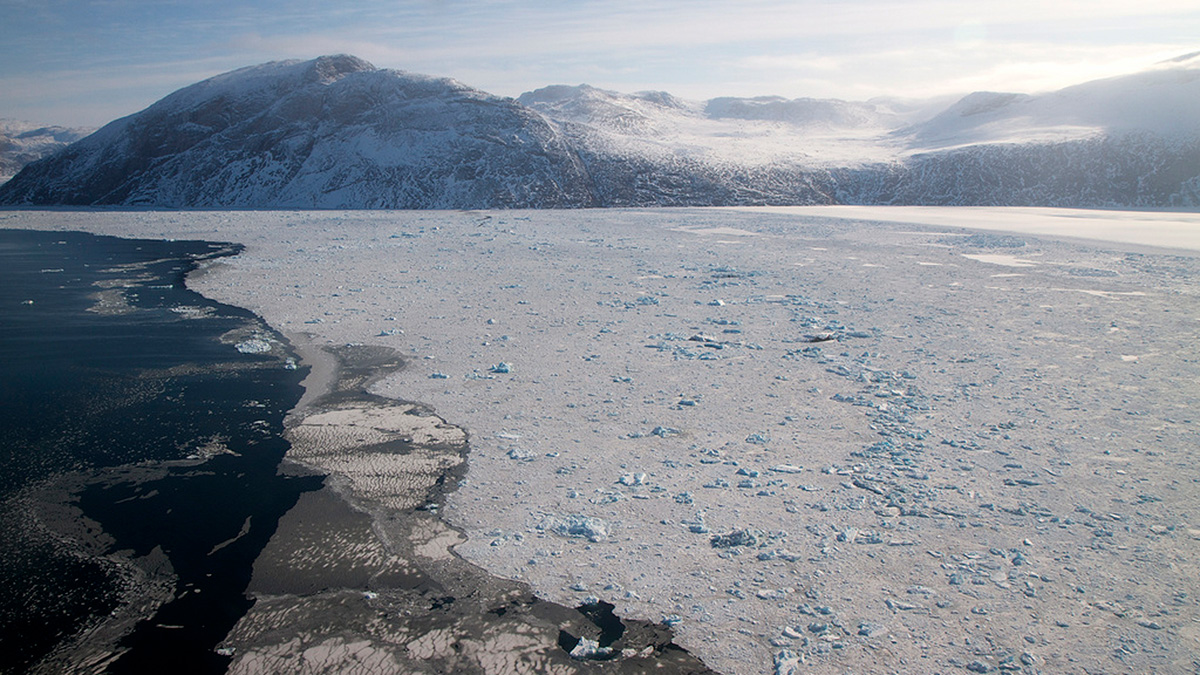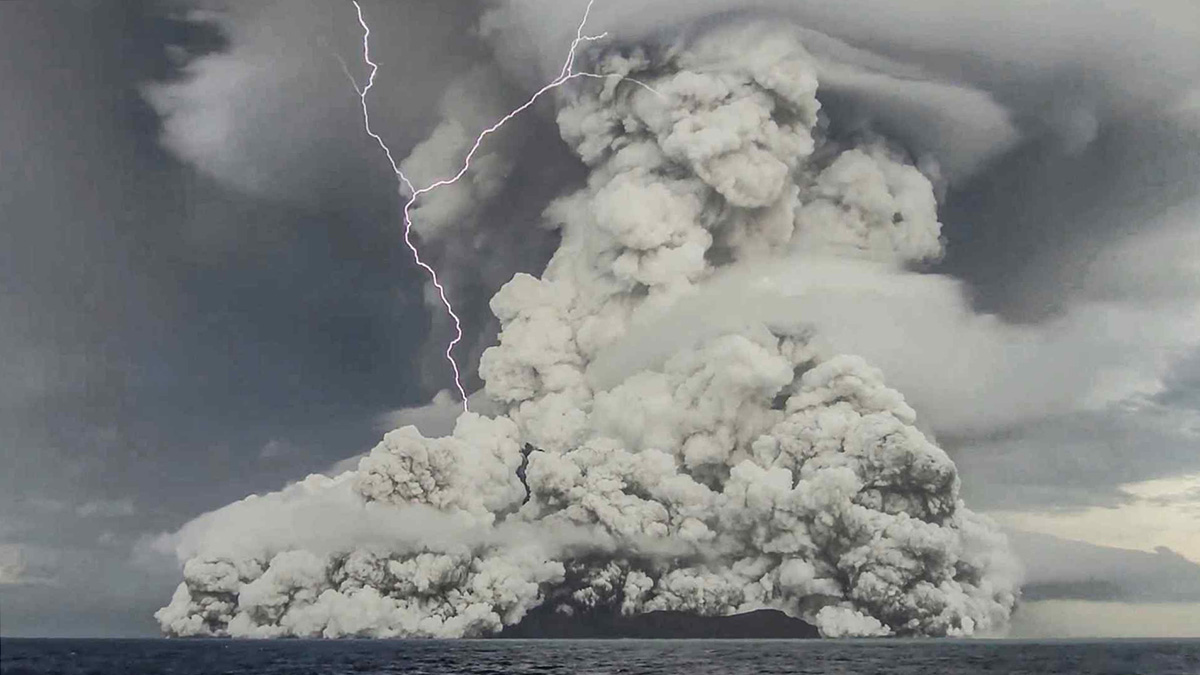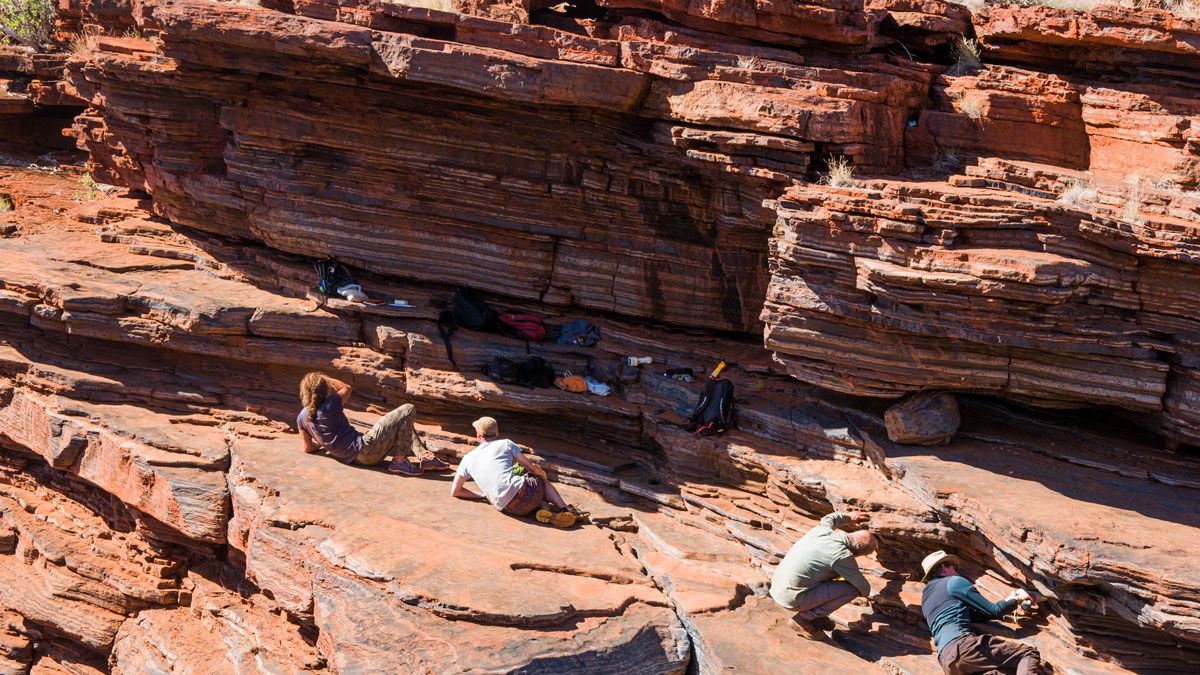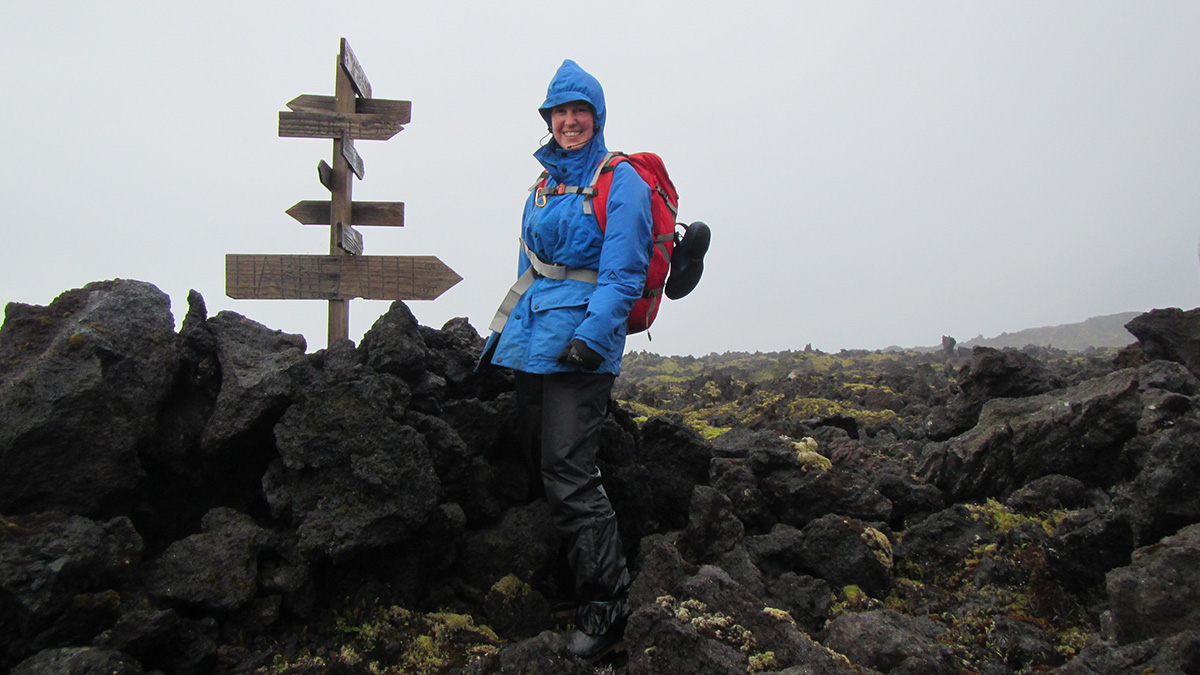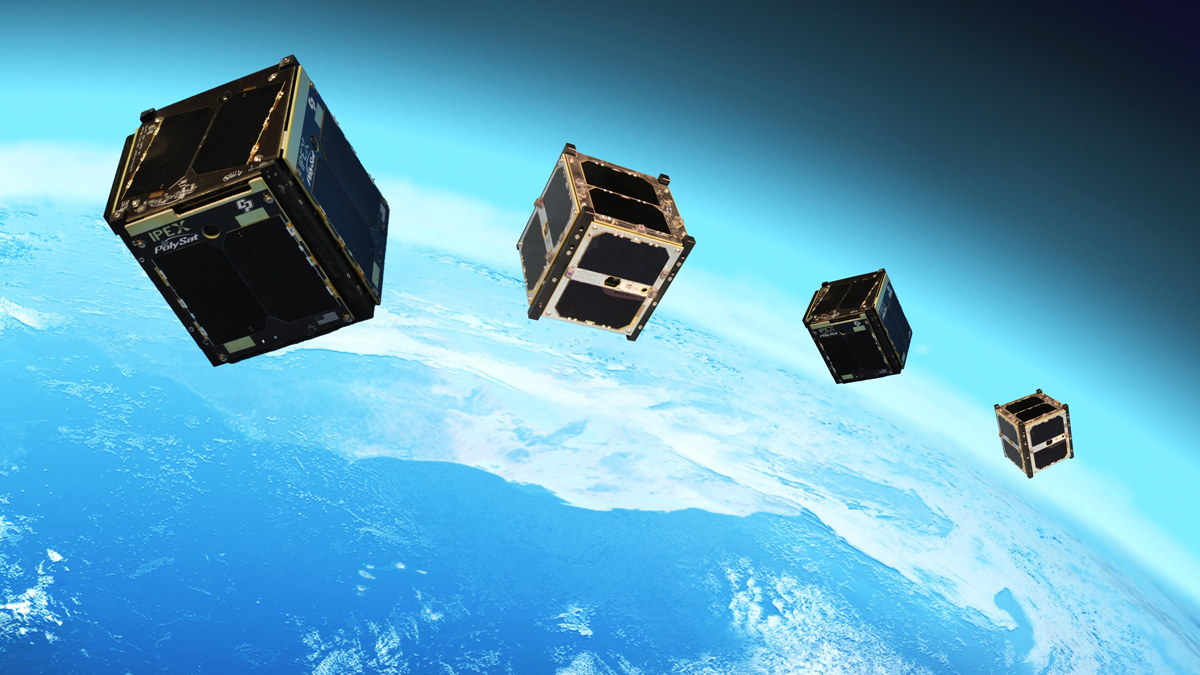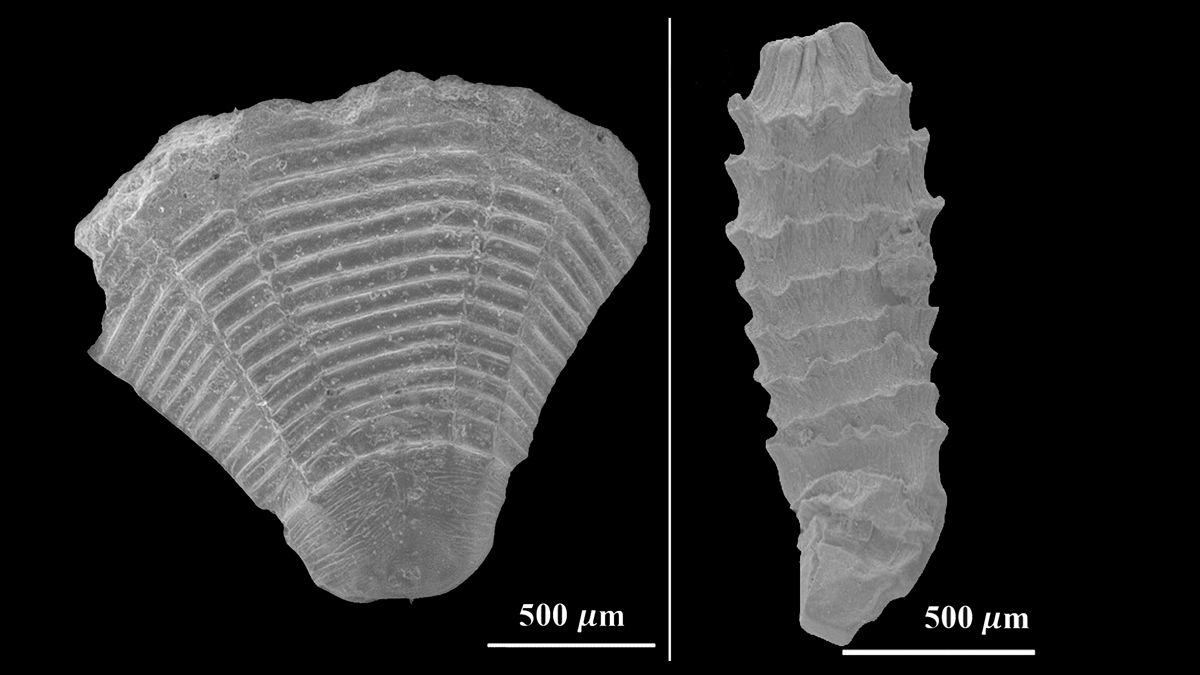As winds pick up dirt and sand, they also pick up any microbes adhering to those particles, potentially introducing them to new locations.
Earth science
Dissecting Ocean Dynamics in Greenland Fjords
Researchers explored the patterns and drivers of variability in fjords linking the Greenland Ice Sheet and the Atlantic Ocean using numerical simulations and in situ observations.
The World’s Roots Are Getting Shallower
Root-filled soils are hot spots of nutrient cycling and carbon storage. New research finds that the world has lost millions of cubic meters of rooted soil volume—and we’re on track to lose much more.
Monitoreando el agua en la columna eruptiva masiva del volcán de Tonga
La reciente erupción del volcán Hunga Tonga-Hunga Ha’apai arrojó aerosoles de sulfatos y una cantidad nunca antes vista de vapor de agua a la estratosfera.
A Day in the Life Used to Be 17 Hours
The Moon was a lot closer to Earth 2.46 billion years ago, and the shorter distance contributed to shorter days.
Geospatial Database for the Prince Edward Islands
South African scientists map uninhabited islands in the Southern Ocean.
Measuring the Ins and Outflows of Estuaries
Scientists modeled monitoring schemes in three different estuaries to determine instrument layouts that could effectively and efficiently measure exchanges of salt water and freshwater.
Looking to the Sky for Better Tsunami Warnings
Pairing navigation satellites and CubeSats could provide earlier, more accurate warnings of approaching tsunamis and other impacts of extreme events.
Reaching New Levels in Groundwater Monitoring
As regions around the world face record-breaking droughts, researchers are using seismology to track groundwater levels and show that sustainable policies reduce strain on aquifers.
Fluid Dynamics of Tiny, Ancient Marine Animals
Water flow simulations using 3D models of fossils yield new clues to the evolution of organisms known as medusozoans.


